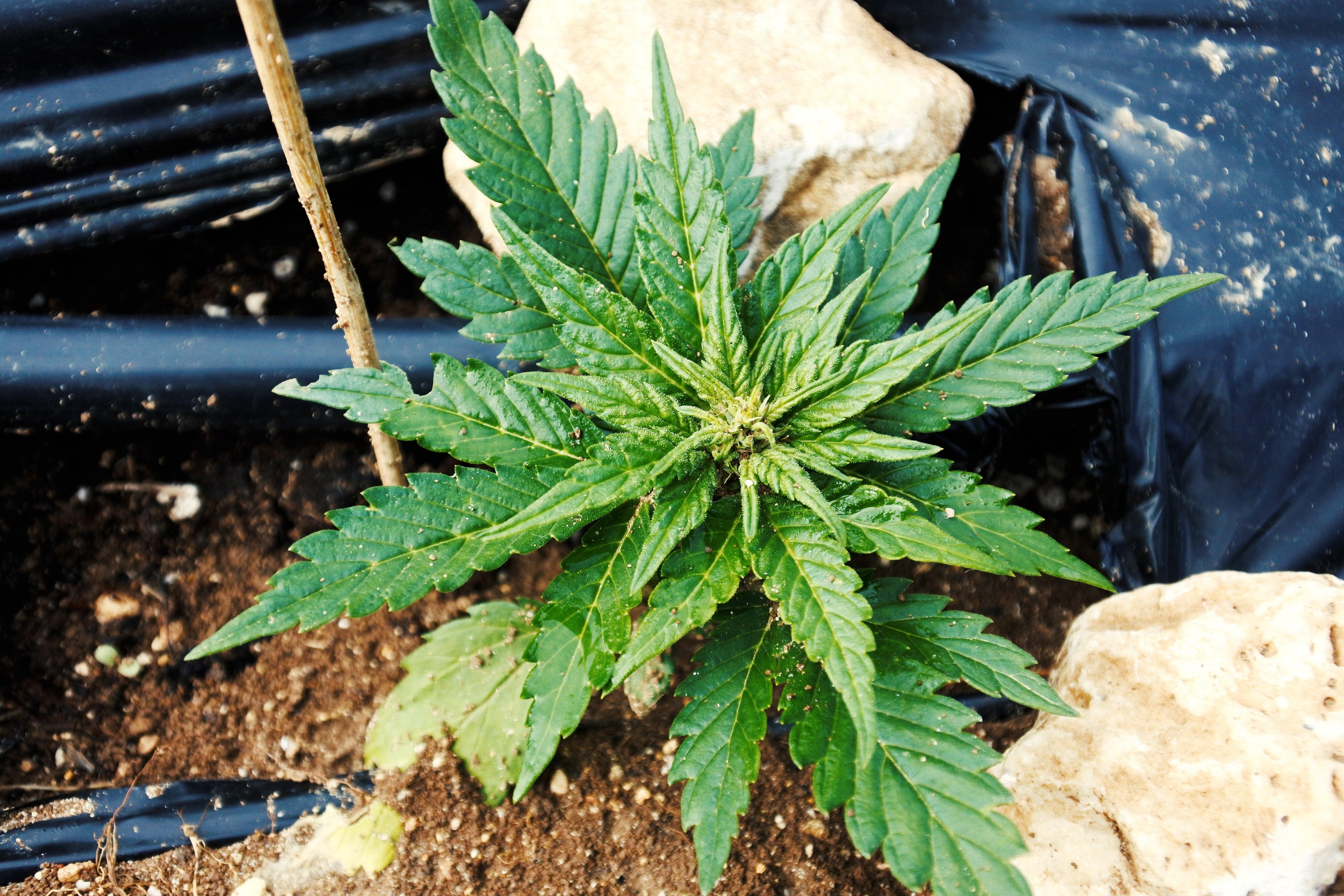It's easy to say cannabis. Do we really know the different strains of marijuana and what their effects are? More than sterile scientific classifications, knowing the different varieties of cannabis plants is important to understand which variety to take depending on the moment and the emotional phase you are experiencing, to avoid running into unpleasant unwanted effects. Knowing the plant is also essential for those who want to embark on the cultivation adventure, to know what the two needs are and what to expect from the harvest.
Summary:
- How is cannabis classified by the scientific community?
- Cannabis sativa
- The effects of cannabis sativa
- Cannabis indica
- The effects of cannabis indica
- Cannabis ruderalis
- The effects of cannabis ruderalis
How is cannabis classified by the scientific community?
All types of Cannabis are part of the Cannabaceous family , but they differ radically in appearance, need, size and harvest yield. Its classification is anything but trivial: even today scientists are divided into various schools of thought , the expression of different schools, which tend to classify the marijuana plant in opposite ways.
The first scientist who ventured into the classification of the different varieties of Cannabis was Carl Linnaeus , a Swedish botanist, doctor and zoologist, who - in the mid-eighteenth century - created the classification system that we still use today, focusing in particular on the study of Cannabis Sativa. Most experts are still looking for a universal way to classify different cannabis species.
According to some interpretations, all existing varieties are subspecies of Cannabis Sativa, the most famous and used of all; according to others, however, it is possible to divide the large Cannabis family into three groups: Cannabis Indica, Cannabis Sativa and Cannabis Ruderalis.
Cannabis Sativa
Cannabis sativa is the most widespread variety of Cannabis, characterized by considerable growth and predominantly cerebral effects. Cannabis sativa originates from equatorial countries, those located in the range between 30° north and south of the equator, such as Thailand and Indonesia, where the hours of light remain constant for almost the entire year. They are very resistant plants because they are used to fighting for light, due to the very dense vegetation that characterizes their areas of origin.
Having to fight daily to be reached by the sun's rays has led Sativa species to evolve to grow taller, reaching dimensions that - in most cases - are very significant. Specimens belonging to this species usually become quite large and slender.
Of the three varieties, in fact, the Sativa is the one that reaches the highest heights: in the case of genetically pure specimens, the plant can even exceed 5 meters in height. Generally speaking, however, the plant tends not to exceed 2-4 meters in height, if grown in optimal environmental conditions.
The nature of the plant translates into extremely abundant harvests which, however, require rather long flowering times, even up to 16 weeks. Sativa leaves have become the symbol of marijuana par excellence, they are much more tapered and thin than those of other species and resemble long fingers.
The effects of Cannabis Sativa
Cannabis Sativa buds naturally contain very high concentrations of THC, while they are characterized by rather low levels of CBD . This results in predominantly intoxicating effects, characterized by positive sensations such as euphoria, inspiration, motivation, strong energy, concentration, positive mood states and appetite stimulation.
It is now very rare to come across completely pure Cannabis varieties, since, for ease of cultivation or to increase yield, they have often been hybridized with each other.
Sativa hybridizations have often aimed to increase the CBD rate. To summarize, here are the main effects that derive from taking Cannabis Sativa:
- Cerebral high
- Stimulating and energizing effects
- Strong motivation
- Increased concentration and/or mental clarity
- Inspiration and increased creativity
- Reduction of sensations of nausea
- Sensation of widespread well-being
- Appetite stimulant
Cannabis Indica
Cannabis Indica has a very different appearance from that of its Sativa sister: it appears as a very compact and bushy plant, and is characterized by moderate growth in height . The 100% pure varieties show a bushy structure, very similar to that of a Christmas tree. They are perfect plants for those who don't have much space or need to remain inconspicuous.
Indica is a species of Cannabis native to the driest countries on the planet, such as Lebanon, Afghanistan and India, from which it takes its name. Until 1785 nothing was known about the Indica variety in Europe; the plant arrived in the Western world thanks to the botanist Jean-Baptiste De Lamark , who reported having discovered one of these plants during a trip to the Indies.
Indica varieties are truly perfect for those who need to harvest quickly: in addition to not being noticeable due to their moderate height - which never exceeds 1.2-1.5 meters - they also boast a very fast flowering period , which usually does not exceed 8 weeks.
When an Indica genetics reaches its optimal height, it stops growing vertically and concentrates its energy on developing in width, to produce more compact and aromatic buds . When the plant stops growing it means that it has sufficient energy to start producing flowers, stimulated by the variation in the photoperiod; in fact, when the hours of sunlight decrease, the flowering phase is triggered.
The shape of Indica plants, as well as that of the leaves, is due to the geographical areas from which it originates, where the plant is subjected to continuous fluctuations in the hours of light throughout the year. Indica leaves are very stocky and short, with a fan shape, which allows them to make full use of all the light they have.
The effects of Cannabis Indica
Cannabis Indica strains tend to produce moderate levels of THC and rather high concentrations of CBD. There are varieties grown specifically to obtain higher percentages of CBD than THC. These characteristics make Indica species particularly suitable for patients with the need to consume Cannabis with these specific ratios of cannabinoids. Typical effects induced by Indica strains are: body relaxation, sedative "couch-lock" sensations, increased dopamine production, relief from stress and anxiety, reduction of muscle tension and increased appetite.
Below are the main effects of Cannabis Indica:
- Stoner effect
- Muscle relaxation
- Reduction of inflammation
- Effective palliative against pain
- Helps you sleep
- Sedative action
- Increases appetite
- Increases the production of dopamine
- Relieves stress and anxiety
Cannabis Ruderalis
It is probably the oldest of the Cannabis varieties, but the Ruderalis variety has only appeared on the market a few years ago. It is not a plant suitable for mass cultivation, since it produces low yields also due to its small size . It has become interesting for the modern cannabis market thanks to some of its characteristics, in particular thanks to its high resilience and its flowering cycle independent of the variation in the hours of light to which it is subjected. These aspects mixed well with Indica or Sativa genetics can give life to large plants, with copious yields and less delicate than pure Indica and Sativa genetics.
Its precious vegetative characteristics are due to the places in which the plant developed, namely the northernmost areas of the planet, such as Russia, China and Poland, countries with little exposure to sunlight and plagued by very cold temperatures.
Ruderalis has managed to evolve so as not to succumb to such a hostile habitat, and has developed a flowering cycle that does not vary with variations in light, but is triggered exclusively by the age of the plant. For this reason the size of a Ruderalis will always be small and its production yields somewhat mediocre.
The effects of a 100% pure Ruderalis strain are virtually non-existent, due to its extremely low levels of THC and CBD . However, through selective breeding, it is possible to create predominantly Indica or Sativa varieties, but with the resilience and autoflowering properties of Ruderalis genetics (hybrids with the best properties of both species).
The effects of Cannabis Ruderalis
Cannabis Ruderalis contains very low levels of THC and CBD, so low that they are not even perceived by the user, which is why it has never been exploited by the market in 100% pure form. It is in hybridization that Ruderalis gives its best : by crossing it with Sativa Indica genetics, plants with a predominance of Sativa or Indica respectively are obtained, but with the autoflowering characteristics transmitted by the Ruderalis genes.
This is a huge advantage for producers, especially for those who live in the coldest areas of the planet and for outdoor growers, because it allows you to obtain more than one harvest per year: given that flowering does not depend on seasonal light variations, but exclusively from the growth cycle of the plant, it can be planted again after each harvest.
Cannabis Ruderalis, in its pure form, does not cause any type of effect, but, crossed with Sativa and Indica genetics, produces autoflowering hybrids with the characteristics of the dominant plant.
You might also be interested in:







